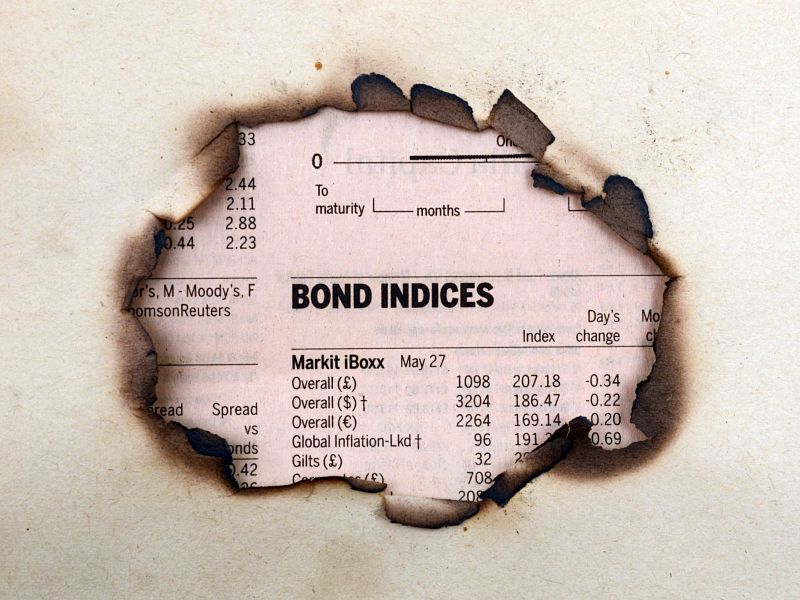
Bond funds weathered the initial financial market disruption caused by Covid-19 much better than expected, but they may be at more risk to future shocks unless they rebuild their liquidity, suggests new research from the Bank of Canada.
A paper from researchers at the central bank examines the response of bond funds to the real-life stress test of a severe pandemic, and it finds that fund redemptions were not nearly as big as predicted by the turmoil in markets.
While bond funds saw a monthly record of $14 billion in net redemptions in March — about 4.5% of assets under management (AUM) — the paper said that this was still much less than predicted by central bank models.
“The historical relationships between fund performance and redemptions suggest that the portfolio losses observed in March should have led to redemptions amounting to 9.5% ($30.7 billion),” the paper noted.
In that scenario, more than two-thirds of bond funds (70%) would have exhausted their cash buffers to meet redemptions, the paper said.
Instead, the much lower than expected redemption levels meant only 9% of funds had to use up their cash buffers entirely in March, it reported.
The paper pointed to several explanations for the better-than-expected redemptions performance — including efforts by the central bank to calm financial markets, the move by securities regulators to ease funds’ borrowing limits, and the efforts of fund managers themselves to prevent redemptions.
“Overall, the combined actions of fund managers and authorities helped prevent funds from selling bonds in a market undergoing severe liquidity strains, which would have amplified the adverse conditions of market liquidity,” the paper said.
In particular, the paper suggested that the Bank of Canada’s expanded liquidity and asset purchase facilities “helped calm markets and limit investor redemptions.” Further, it noted that the bulk of bond fund redemptions occurred before the Bank took steps to ease market stresses.
At the same time, securities regulators “gave fund managers additional flexibility to use borrowing to manage demand for redemptions,” the paper said.
Fund managers also took steps to limit redemptions, by both seeking to calm investors directly, and by charging higher redemptions fees to reflect the increased cost of liquidity in stressed markets.
“Discussions with market participants indicate that intent to redeem shares was initially higher than the value of actual redemptions observed in March. This suggests that relationship management efforts were effective in containing redemptions,” the paper said.
Still, the paper found that most fund managers met the heightened demand for redemptions with cash and other liquid assets, rather than selling off other holdings. As a result, funds’ cash positions declined, which may leave them more susceptible to future stresses, the paper warned.
Based on the Bank’s research, it seems funds’ current cash holdings would be enough to cover the monthly redemptions that were experienced at the height of financial crisis in October 2008, but not enough to meet the levels of March 2020.
“If bond funds face another wave of large redemptions, they may be more vulnerable because they have already used part of their cash buffers. By rapidly rebuilding those buffers, bond funds can help avoid future forced sales of assets that are less liquid,” the paper said.